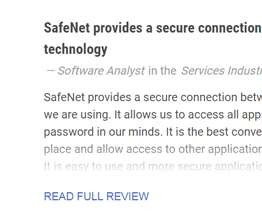Access Control: The 5 Single Sign-On Benefits
IT Security Guru
JUNE 30, 2021
Working from home resulted in additional risk management and security challenges for employees, executive leadership, and information technology (IT) teams. SSO allows users to access multiple applications, and the underlying data, without having to re-authenticate to access each application. SSO has several benefits and use cases.












Let's personalize your content